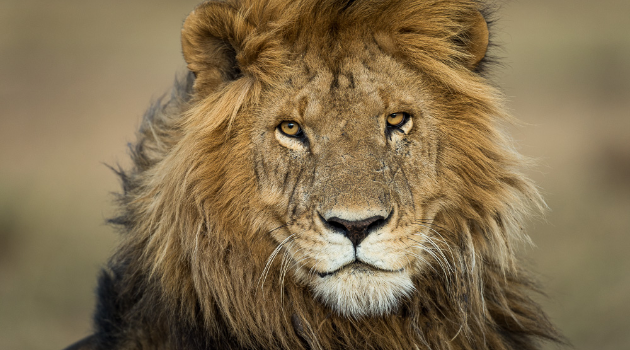How has your career progressed?
I started taking pictures after leaving school, where I'd always enjoyed art and design, then in 2000 I went on holiday to Canada, photographed just about everything I saw, and realised that I really enjoyed it. Wildlife imaging felt like a natural progression – I'd grown up watching BBC wildlife documentaries and they'd been a huge influence on me. Although I'm ashamed to say that for many years I was something of a weekend/fair-weather photographer, in the last five years it's something I've seriously pursued, although it's only fairly recently that it's become full time. I've been lucky in that I was able to work 50% of my time as a photographer and 50% of my time for Sky News doing graphics, which gave me an income while my photography career was starting. More recently I've been getting into workshops, usually teaming up with other friends in the business. I'm also about to start doing photo safaris with an African travel company – I'll be covering the Great Migration next year.







